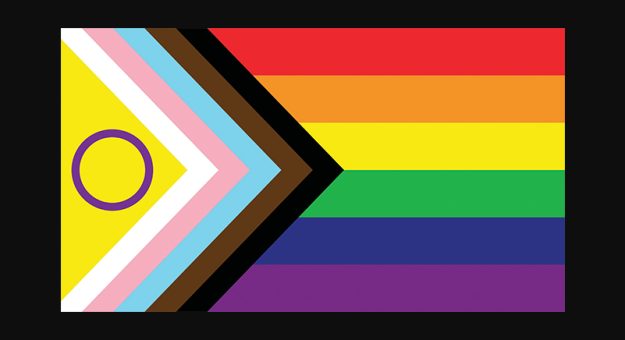There Have Been Numerous Flags Honoring the LGBTQIA+ Community, but What Does the Symbolism Mean?
By Godwin Kelly
DAYTONA BEACH, Fla. – As the nation completes its celebration of Pride Month in June, IMSA embraces the idea of inclusion. There have been multiple flags through the years honoring the LGBTQIA+ community, and it’s important to understand their history and meaning.
The first Pride flag was created by artist Gilbert Baker and displayed in San Francisco in 1978. Baker produced the flag at the request of Harvey Milk, who was the first openly gay elected official in the United States, to fashion a symbol of pride for the gay community. Baker’s concept of the flag included eight colors.
Because of production issues, the pink and turquoise stripes were removed, and indigo was replaced by basic blue, which resulted in the six-striped flag using the colors red, orange, yellow, green, blue and violet. The first versions of the rainbow flag were flown on June 25, 1978, for the San Francisco Gay Freedom Day parade.
Today, the most common variant of the rainbow flag has a red stripe on top, as in a natural rainbow.
Since that original rainbow-style flag, artists have created more than 21 flags representing different facets of the LGBTQIA+ community. The latest flag design is called the Intersex Inclusion flag, which was designed and displayed in 2021. Intersex columnist and media personality Valentino Vecchietti developed the new rendition of the rainbow Pride flag, officially unveiled by the advocacy group Intersex Equality Rights UK in May 2021.
Here is an explanation of the design and colors of the Intersex Inclusion flag that helps commemorate the month:
- The red in the flag represents life. This makes sense if you think about how blood is red and how often blood is thought of as a vital life force of the body. Red also represents passion among many cultures.
- Orange represents healing. As a color, orange is believed to be fun and celebratory. Fun and celebration are both healing activities.
- Yellow represents sunlight and functions as the flag’s radiant and bright center. Yellow is said to stimulate new ideas and thoughts.
- There’s a lot of green in nature, which is what this color on the original pride flag is meant to convey. Nature is a healing place, and green is associated with prosperity and growth.
- The blue in the original pride flag was for serenity. Little is more important than the ability to feel calm and serene. Blue is known as a relaxing color that soothes the soul.
- Purple represents spirit. Purple is often thought of as a regal, royal color that denotes pride. Like blue, purple is considered a calming color, but rather than being associated only with calm, the color purple connects us to the spiritual realm.
- The chevron consists of black and brown, which represent People of Color. The rest of the colors represent Transgender people with the baby blue and pink being the colors associated with gender and the white for those who are transitioning or identify as non-binary.
- The purple circle superimposed over a yellow triangle on the chevron is an homage to the popular 2013 intersex flag designed by Australian bioethicist and researcher Morgan Carpenter. The intersex community uses the colors of purple and yellow as an intentional counterpoint to blue and pink, which have traditionally been seen as binary, gendered colors. The symbol of the circle is about being unbroken, about being whole, and it symbolizes the right to make decisions about your own body.
